|
Learning how to sew shouldn't be over-complicated or require you to spend a fortune. It is true that learning to sew and the necessary, constant practice that comes along with it takes consistent effort and can eventually add up monetarily. Nonetheless, you should always keep in mind that as a beginner, you don't have to start big! Just having a simple sewing machine and some basic tools can put you on the right path to becoming a great seamstress, while learning some short cuts and tricks will eliminate some unnecessary complexity form the learning process. Speaking of having some sewing tricks up your sleeve, we'll introduce you to five of our favorite sewing hacks that are bound to save you some time and money while ensuring your sewing experience is comfortable as well as efficient. In the learning process, it takes time and lots of practice to figure out what works best for you. Don't feel like you have to be bound by strict rules when it comes to sewing correctly. After all, there are dozens of right ways to do things resulting in the same finished product. Here are the five hacks we've put together to help you maximize efficiency and comfort while minimizing cost and error in the learning process: 1. Use dry, leftover pieces of soap as tailor's chalk. As you learn how to sew you will soon find out that marking your fabric is something you have to do quite often. You could buy some tailor's chalk or a fabric marking pencil but if you're looking to save some cash, using leftover dry soap pieces can do the job just as well- the best part is, it will come out in the wash in an instant and never damage the fabric. Tailor's chalk or fabric marking pencils aren't necessarily the most expensive but they certainly run out pretty fast with a lot of use. On the other hand, leftover pieces of soap that normally end up in the trash bin, work just as well to mark the fabrics and can sometimes create an even smoother finish than regular tailor's chalk that needs to be sharpened constantly. Because it's a more dense material, solid soap will hold up to more rigid use, while many fabric marking pencils and tailors chalk can crumble under too much applied pressure. We suggest you give it a try on your next sewing project and you might be pretty impressed with how well a simple piece of soap can do the job! 2. Use a sleeve ironing board to comfortably iron all seams during sewing. If you're not familiar with a sleeve ironing board, you will most likely need to invest in one as you dive deeper into more complicated sewing techniques like attaching a sleeve. A sleeve ironing board is a thin, rectangular board with round edges that is lifted to allow for easy sleeve seam ironing. It provides a comfortable elevation for ironing, and the thin rectangular shapes allow you to easily iron down some of the more difficult, round seams. Chances are, once you start using a sleeve ironing board, you will find that it actually works better for ironing down seams than a regular ironing board. It is compact in size and shape and the fact that its elevated from the surface of the larger ironing board allows the fabric to drape down while the actual seam is aligned perfectly for ironing. Although it's great for ironing down seams and achieving that crisp professional finish, we don't necessarily recommend the sleeve ironing board for ironing the entire garment simply because it would be too time consuming. For ironing larger surfaces of fabrics, use your regular ironing board. 3. Instead of a pin cushion, use a magnet as a pin holder. This little trick will keep your sewing area clean and organized whether you like it or not. Pin cushions are cute but are not the most efficient if you're using a lot of pins and constantly need to pin seams together. If you normally use a pin cushion during sewing, you probably don't put the pins back on the cushion until you're done working for the day-it just takes too much time to stick them in and out while many of them mange to take a tumble on the floor and not be found until the next few days. Well, using a larger surface magnet instead of a pin cushion to house your pins will actually do the work for you. All you have to do is hold the magnet over the surface and all the pins will run to it and you wont have to lift a finger. After all, there are way more important things to focus on while sewing then collecting pins one by one or searching for them on the floor. Using a magnet is so much more comfortable and efficient and you'll actually have fun with it. There are a variety of magnet pin holders at the fabric store you can choose from but if you have magnet with a larger surface somewhere in your house (that no one is using) make it your new " pin cushion"- You'll be glad you did! 4. Use a piece of white muslin as a protective shield when ironing delicate fabrics or attaching fusible interfacing. This is a trick that you probably have either heard of or used before. Putting a piece of muslin or plain 100% cotton fabric in between the fabric and the iron can protect the surfaces of both items. When you're ironing delicate fabrics like silks or heat-sensitive ones like wool, polyester, nylon (to name just a few), you want to make sure that the harsh metal surface of the iron does not burn and damage the fibers. We are all guilty of damaging sensitive clothing items with a single touch from an extra hot iron... Using a cotton cloth as a shield can save some of your most precious garments from disaster. On the other hand, an ironing cloth will come in handy when attaching fusible interfacing. Even though you're not ironing on the glue side, some of the glue can seep out from the porous surface of the interfacing causing your iron to be sticky and turn brown (from burnt particles attaching to it). If you've ever worked with fusible interfacing, you probably know very well what we're referring to. That feeling of not being able to smoothly move the iron back and forth because of the fusible glue stuck to its metal surface. Once that happens, cleaning is in order. However, you can avoid the hassle and inconvenience by simply using a piece of muslin as a protective layer/ This will keep your iron clean and shiny as well as working at its fullest capacity for many years. 5. Use a pin to pull out sharp lined edges on the face side of the garment. As you become a more advanced seamstress, you will start to explore various finishing techniques and attempt to sew a variety of unique styles. Chances are that at some point in your process, whether you need to sew a strap or attach a center-front facing, you will be working with straight edges that needs to be clearly defined on the finished garment. A sharp or straight edge on a clothing item is usually enclosed in a facing or lining and clean finished using a variety of different methods. Examples of enclosed sharp edges are on slit cuffs, collars, straps and waist ties, pockets and at the bottom of openings that are finished with a facing or lining. If you've attempted to sew any of the elements listed above you probably know how difficult it is to sew clearly defined, smooth finished edges on the face side of the garment. A trick you could use to pull the stitching and even out the enclosed angles from the outside is by using a pin and gently grabbing on to the stitch thread pulling it slowly towards the outside. The secret here is to grab on to the sewing thread and NOT the threads of the fabric or you run the risk of pulling the fibers out and unraveling the weaving. Use the image below as a visual guide. 6. Use masking tape to mark a seam allowance line on your sewing machine. If you've been sewing for a while you are probably already familiar with this witty trick. Many sewing machines have sewing guides only up to 1"-1 1/2" seam allowance so if you need to sew a straight stitch at 2" for example, the pre-marked guides wont be much help. The solution? Measure from the needle point out 2" towards the right and place a piece of masking tape vertically imitating a seam allowance guide. You can use this trick for any seam allowance needed that your machine doesn't provide. It is simple, effective and extremely easy to remove without leaving an adhesive trace behind. Because it provides a thicker line as a guide, you might even prefer to use masking tape for the already existing pre-marked seam allowance guides on your machine. Don't be afraid to experiment! There's no written rule as long as your stitch is sewn at the correct seam allowance throughout. Now that you know these simple, easy to use hacks, you sewing experience should become a bit more simple and enjoyable. Happy Sewing!
0 Comments
Leave a Reply. |
The Blog:A journey into our design process, sewing tutorials, fashion tips, and all the inspiring people and things we love. Doina AlexeiDesigner by trade and dressmaker at heart. I spend most of my days obsessing over new fabrics and daydreaming new ideas. Sadie
Executive Assistant & Client Relations Manager Archives
November 2019
Categories
All
|
-
Sewing Tutorials
-
Basics
>
- Aligning Pattern Grainlines To Fabric
- Preparing Fabrics For Sewing
- Pinning Sewing Patterns To Fabric
- Placing Sewing Patterns On Fabric For Cutting
- Rotary Cutters or Fabric Scissors?
- Cutting The Sewing Patterns
- What Are Notches And How To Use Them In The Sewing Process
- Transferring Notches From Pattern To Fabric
- Transferring Seamlines to Fabric
- Staystitching
- Backstitching: A Complete Guide
- Hand Basting: A Complete Guide
- Sewing Continuous Bias Binding
- Darts >
-
Sewing Seams
>
- The Basics Of Seams And Seam Allowance
- How To Sew A Straight Seam
- Sewing Curved Seams
- Sewing Corner Seams
- Trimming And Grading Seam Excess
- Notching/Clipping Seam Allowance for Tension Release
- Sewing Topstitched Seams
- Sewing Corded Seams
- Sewing A Slot Seam
- Sewing A Gathered Seam
- Sewing Bias Seams
- Sewing Seams With Ease
- Sewing Seams With Crossing Seamlines
- Sewing Unlike Fabric Seams
- How To Iron Seams: Ironing Tools And Conventions
- Sewing With Knit Fabrics
- Understanding Stitch Length And Tension
- Sewing Unique Fabric Seams
-
Seam Finishes
>
- Seam Finishing Techniques - Overview
- Applying A Pinked Seam Finish
- Applying A Bias Bound Seam Finish
- Serging And Zigzag Seam Finishes
- Sewing A Self-Bound Seam Finish
- Sewing A French Seam Finish
- Sewing A Hong Kong Seam Finish
- Sewing A Mock French Seam Finish
- Sewing A Turned-and-Stitched Seam Finish
- Sewing Overcast Hand-Applied Seam Finishes
- Sewing A Flat Felled Seam
- Sewing A Hairline Seam Finish
-
Hem Finishes
>
- Garment Hem Finishes: Overview
- Sewing A Double Fold Hem Finish
- Sewing A Single Fold Hem Finish
- Sewing Bound Hem Finishes
- Sewing An Exposed Double Layer Bound Hem
- Sewing A Folded-Up Bound Hem with Pre-folded Binding
- Sewing A Hong Kong Hem Finish
- Sewing A Band Hem Finish
- Sewing A Bias Faced Hem Finish
- Sewing A Twill Tape Hem Finish
- Sewing A Rolled Hem Finish
- Sewing A Shaped Hem Facing
- Using Fusible Hem Tape And Webbing
- Finishing A Lace Fabric Hem
- Finishing A Leather Hem
- Sewing Faced Hem Corners
- How To Finish Lining At The Hem
- Finishing Fabric Corners by Mitering >
- Interfacing A Hemline: Lined And Unlined Examples
-
Sewing Pockets
>
- Curved Patch Pocket With Flap
- Unlined Square Patch Pockets
- Lined Patch Pockets: Two Ways
- Extension On-Seam Pockets
- Separate On-Seam Pocket
- Front Hip Pockets
- Bound Double Welt Pocket
- Double Welt Pocket With Flap
- Self-Welt Pocket (Using Single Fabric Layer)
- Slanted Welt Pocket (Hand-Stitched)
- Faced Slash Pockets: Overview >
-
Sewing Zippers
>
- Sewing Zippers: General Information
- Sewing A Centered Zipper
- Sewing A Lapped Zipper
- Sewing An Invisible Zipper
- Sewing A Fly Front Zipper
- Sewing A Closed-End Exposed Zipper (No Seam)
- Sewing An Exposed Separating Zipper
- Sewing Hand Stitched Zipper Applications
- Sewing A Zipper Underlay
- Sewing A Placket-Enclosed Separating Zipper
- Sleeveless Finishes >
-
Neckline Finishes
>
- Sewing A Neck Shaped Facing
- Sewing An All-In-One Neck Facing
- Neck And Garment Opening Combination Facings >
- Sewing A Bias Faced Neckline Finish
- Sewing A Band Neckline Finish
- Bound Neckline Finishes: Overview >
- Sewing A Semi-Stretch Strip Band Neckline
- Ribbed Neck Band And Classic Turtleneck
- Decorative Neckline Finishes >
- Finishing Facing Edges >
-
Extras
>
- A Complete Guide on Interfacing
- Sewing Bound Spaghetti Straps
- Sewing Spaghetti Straps To A Faced Neckline
- Sewing Ruffles: Overview
- Patterning And Sewing A Circle Ruffle
- Sewing A Gathered Heading Ruffle
- Sewing Double Layer Gathered Ruffles
- Sewing A Gathered Ruffle Into A Seam
- Sewing A Gathered Ruffle To A Fabric Edge
- Sewing A Fabric Surface Slit
- Sewing A Slit Seam
- Hand-Applied Straight Stitches
- Hand-Applied Blind Stitches
- Hand-Applied Overedge Stitches
- Hand-Applied Tack Stitches
- Hand-Applied Decorative Stitches
-
Basics
>
- Custom Bridal
- Custom Apparel
- About
- Blog
Services |
Company |
|

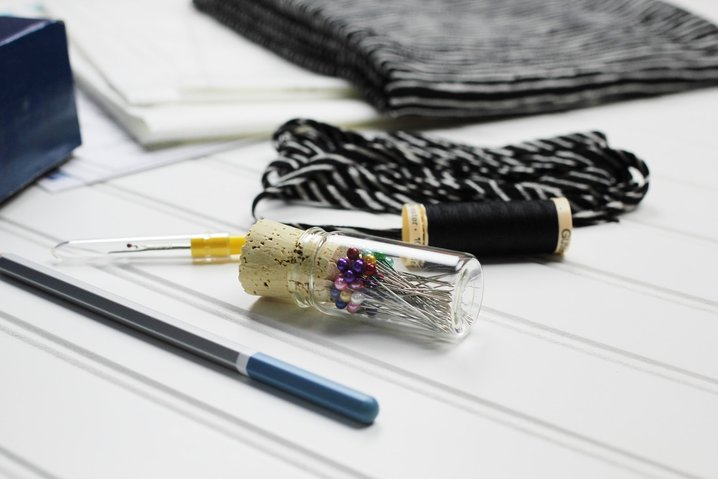
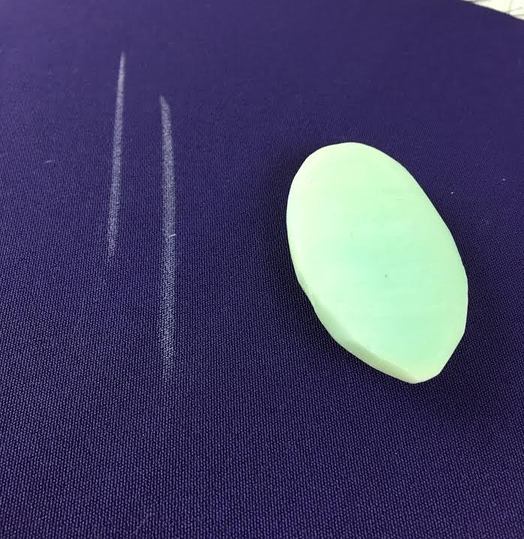
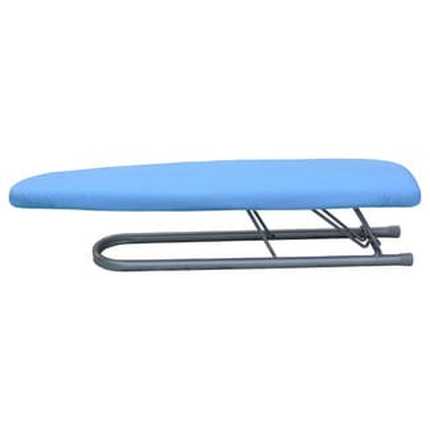
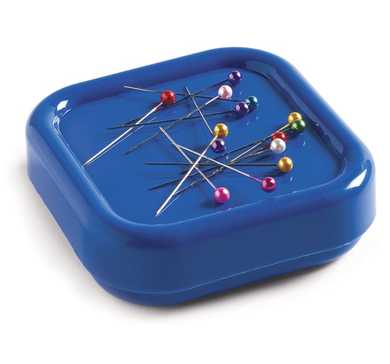
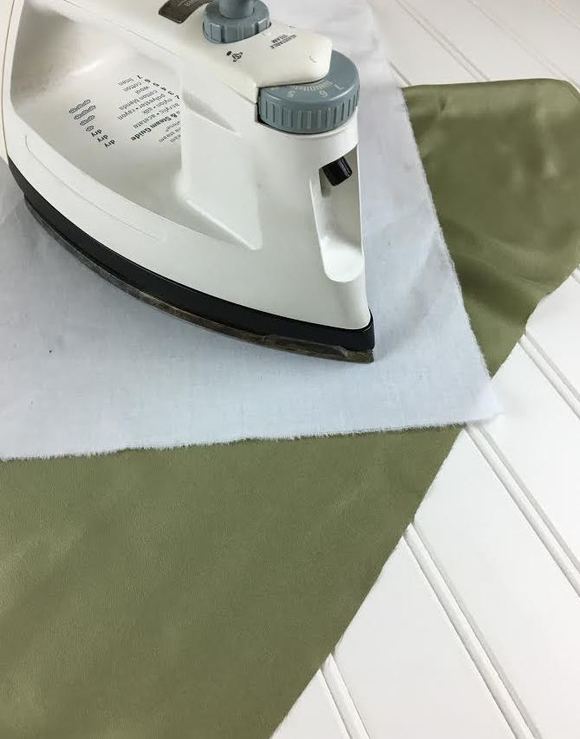
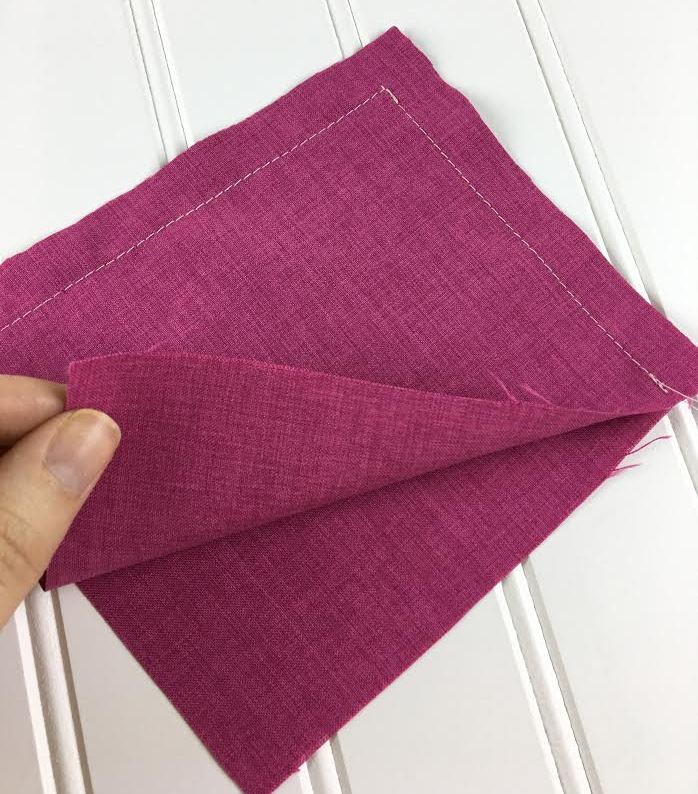
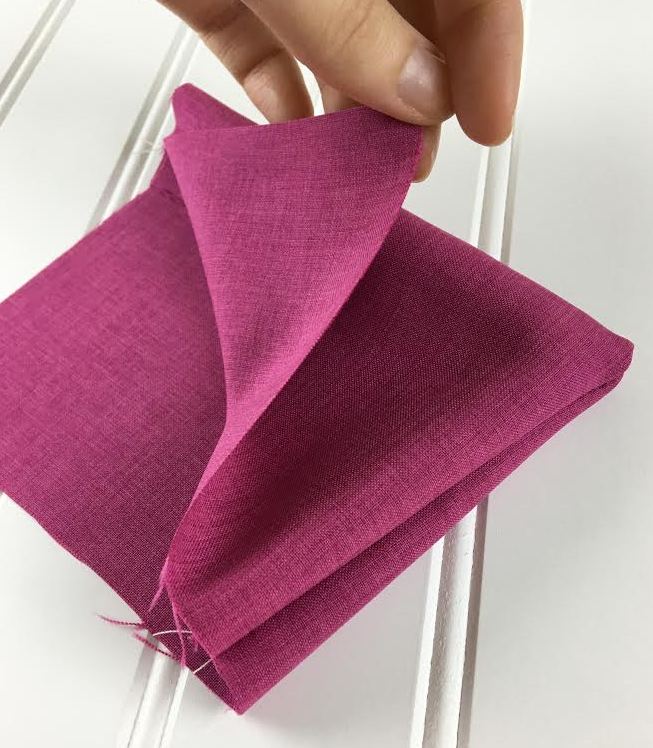
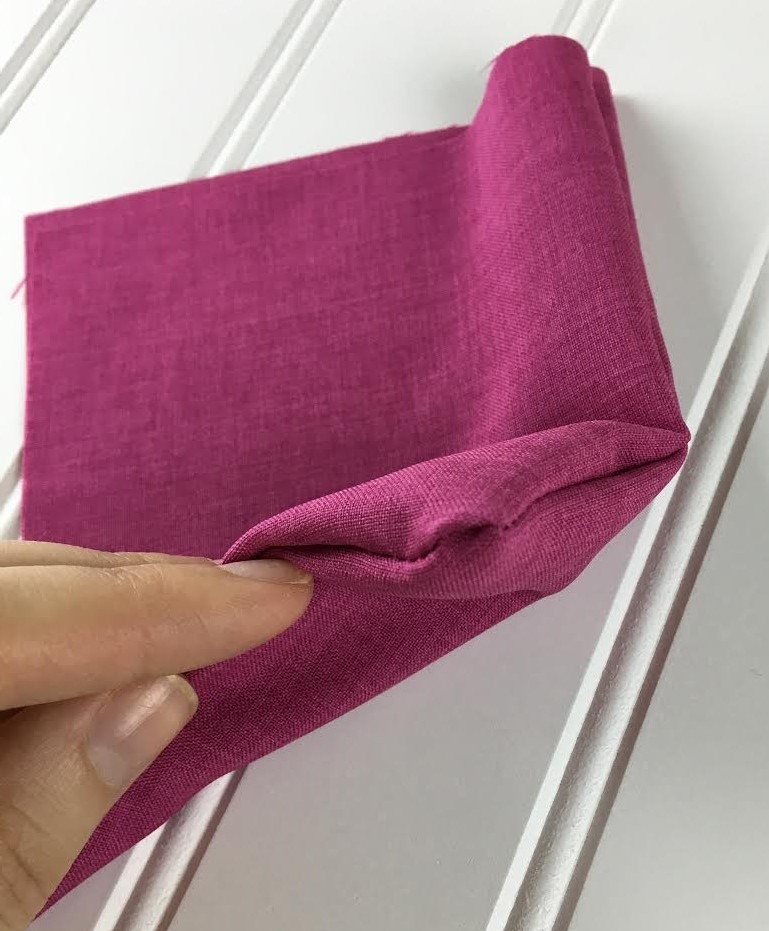
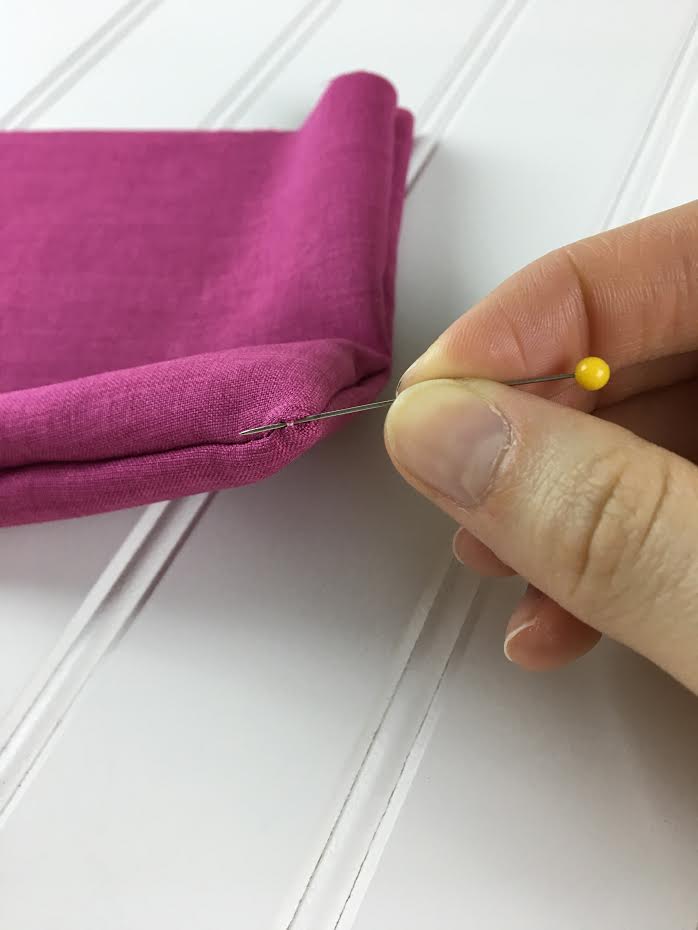
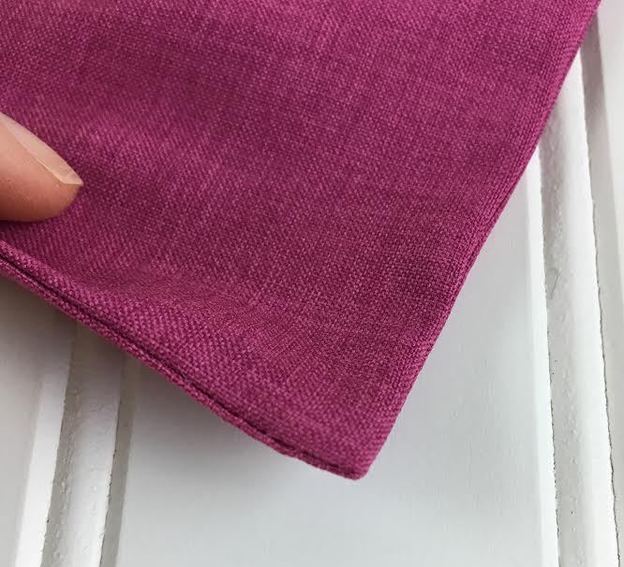
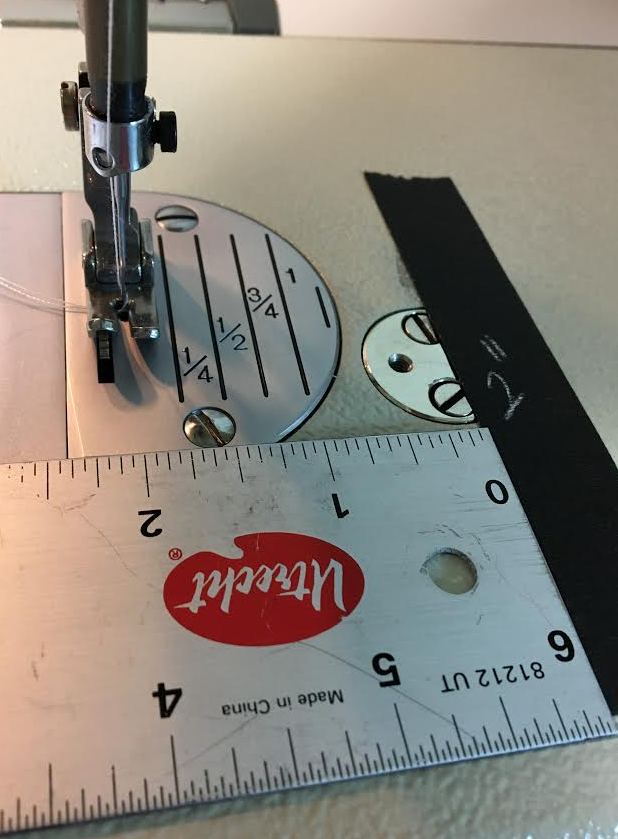
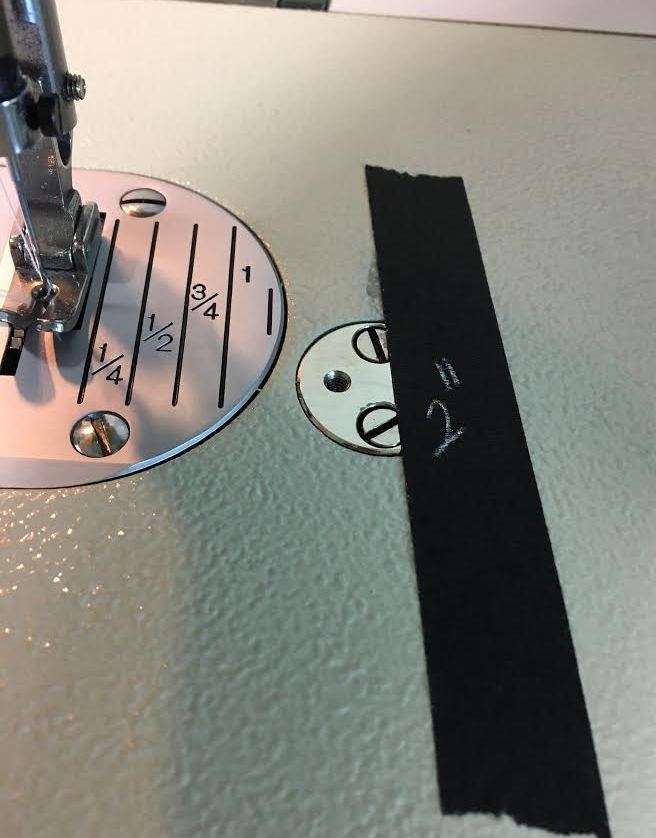
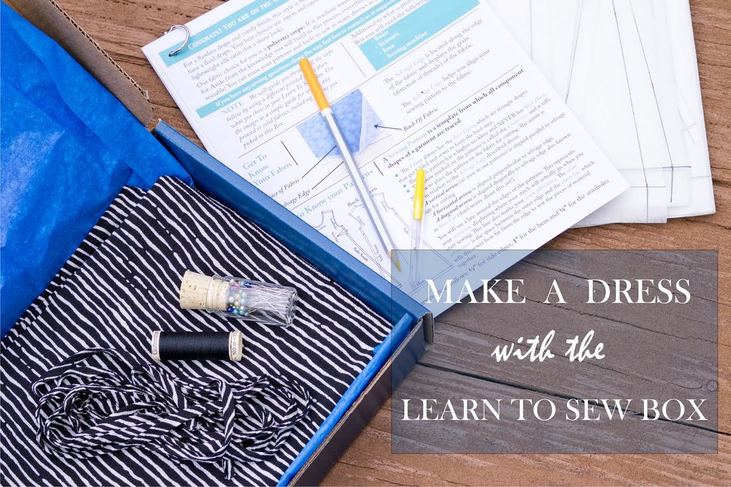


 RSS Feed
RSS Feed

